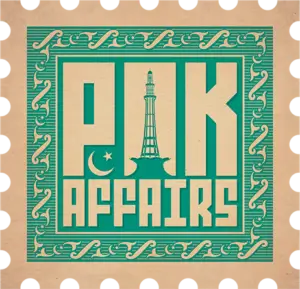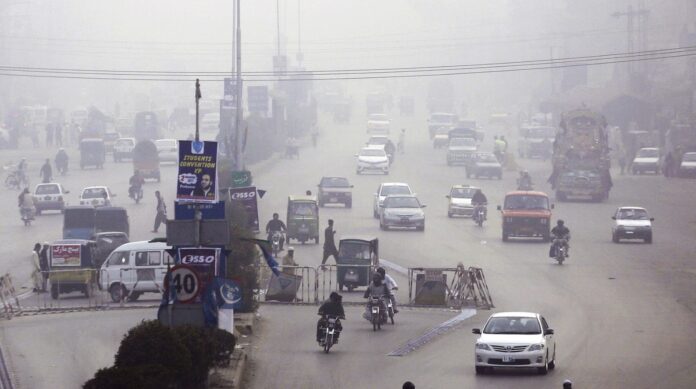In Lahore, Pakistan’s second-largest city, the severe smog has made daily life nearly unbearable, stinging residents’ eyes and burning their throats. Few households can afford air purifiers to mitigate the impact of toxic particles that seep through doors and windows. Lahore, a densely populated city of 14 million near the India border, consistently ranks among the most polluted cities in the world. However, this month, air pollution has reached record levels, prompting schools across Punjab’s main cities to close until November 17 to protect children, especially during the high-exposure morning commute.
Primary school teacher Rafia Iqbal, 38, describes how children have been plagued by constant coughing and allergies, with many students frequently falling sick. Her husband, Muhammad Safdar, a 41-year-old advertising professional, expressed frustration over the pollution’s impact, saying it has made “daily living impossible.” Even routine outdoor activities are challenging as pollution restricts movement.
Pakistan’s air quality frequently breaches hazardous levels, with values on the Air Quality Index (AQI) scale surpassing 1,000. In Multan, located 350 kilometers from Lahore, AQI levels reached an unprecedented 2,000 last week, shocking residents. In an attempt to curb exposure, authorities have restricted access to parks, playgrounds, historical sites, and other recreational spaces until November 17. Additionally, polluting rickshaws with two-stroke engines and barbecues without filters are banned in Lahore’s pollution hotspots.
For many families, air purifiers are a costly luxury, with even basic models priced around $90, and filter replacements needed every few months. Families like Safdar and Iqbal, unable to afford purifiers, confine their children to a single room to minimize exposure. Safdar is critical of the government’s response, pointing out that preventive measures should have been implemented sooner to combat the yearly pollution crisis.
The smog, worsened by emissions from low-grade fuel, industrial outputs, vehicle exhaust, and agricultural stubble burning, blankets the city every winter, trapped by cooler temperatures and stagnant winds. According to the World Health Organization (WHO), prolonged exposure to polluted air can lead to serious health issues, including strokes, heart disease, lung cancer, and respiratory conditions. Children, babies, and the elderly are particularly vulnerable.
Last year, the Punjab government attempted artificial rain as a solution, while this year, they deployed water cannons to spray streets, but neither method showed results. Special smog clinics across Punjab now assist with the surge in cases, with over 900 patients treated in Lahore hospitals in a single day.
Dr. Quratul Ain, who has worked in Lahore’s hospitals for 15 years, observed that this year’s smog levels are the worst she’s seen, with an increase in patients suffering from labored breathing, severe coughing, and eye irritation—mostly the elderly, children, and motorbike riders exposed to the toxic air.
Doctors advise residents to stay indoors when possible, wear masks outside, and avoid touching their eyes, especially for children. Pollution levels have caused concentrations of PM2.5 particles to spike dozens of times above the WHO’s recommended levels. Dr. Alia Haider, also a climate activist, emphasizes the need for public awareness about smog’s dangers, pointing out that children from impoverished areas face the highest risk. “We are stuck in our own poison,” she remarked, describing the pollution as a suffocating cloud engulfing the city.




